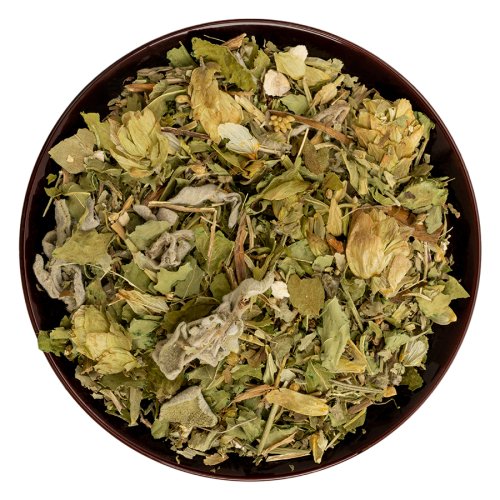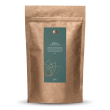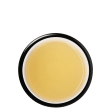Lady's Mantle
Lady's mantle (Alchemilla), a member of the Rosaceae family, is predominantly found in Europe, Asia and Africa, especially at high altitudes. In Europe alone, there are approximately 300 species of this plant. The name Alchemilla alludes to its almost magical properties: the water droplets which form on the inside of its leaves have been used as a household remedy since ancient times.
Passionflower Herb
The passion flower (Passiflora incarnata), native to Central and South America made its way from the Suptropics to the colder parts of Europe, arriving here as an ornamental plant. Its five stigmas are venerated in the Christian faith as the five wounds of Christ. While the indigenous tribes of the Americas mainly used the roots, the Europeans discovered the herb's calming effects.
Yarrow
Yarrow grows across Europe and northern Asia, extending as far north as the Arctic Circle. The resilient perennial endures throughout the year, remaining above the earth's surface even during winter. Its rich heritage in herbalism stretches back to Greek mythology, where yarrow finds mention as a plant used by Achilles. It is from this legend that it derives its Latin name, Achillea millefolium.
Dandelion
The dandelion (Taraxacum officinale) is a resilient perennial herb native to the entire northern hemisphere. It exhibits remarkable adaptability, thriving in diverse habitats at elevations of up to 2800m above sea level such as meadows, forests and even urban environments, where it can be found in such unlikely areas as cracks in the pavement. The dandelion can grow up to 10cm tall and is characterised by its distinctively white sap present in all parts of the plant. Although references to the dandelion date back to the 11th century in Persia, it wasn't until the 16th century that it was mentioned in European herbal lore.
Sage
Sage (Salvia officinalis) belongs to the labiates family. It is found all over the world, except in Antarctica and Australia, and is one of the most diverse genera of angiospermous plants. Valued as a medicinal plant since ancient times, sage is an indispensable component of modern cuisine and medicinal herbs.
Hops
The hop (Humulus lupulus) is native to eastern Europe and western Asia. It requires nutrient-rich deep soils and wind-protected locations to thrive, and is typically found on the edges of woods and on fences and hedges, up to 1,000m above sea level. It belongs to the Cannabinoid family and its properties are deeply rooted in the inviolable brewing laws of beer. Hops have been used as a medicinal herb since Hildegard von Bingen's time.
Rosemary
Rosemary (Rosmarinus officinalis) hails from the Mediterranean region and was introduced to Central Europe in the first century, securing an immediate place in botany. Known and valued since antiquity for its intense, spicy and invigorating aroma, it can still be found in bridal bouquets.
Hawthorn
The hawthorn (Crataegus) is a stone fruit belonging to the Rosaceae family. It is mainly found in North America, but some of the 300 species can be found in Europe. As a protective shrub, the hawthorn was often used as a field border and many animals thrive around and in it. It was known for its effects among ancient Germanic tribes and was revered for its nutritious berries.
Cinnamon
The cinnamon tree (Cinnamomum zeylanicum) is a laurel plant native to Southeast Asia and is known for its many applications. The Egyptians used it for embalming as early as 2000 BC, and it has also been used in China and India for millennia to treat all kinds of ailments. The cinnamon tree has to grow for several years before the trunk is cut. The young shoots are cut and peeled after 2 years, before it curls into the distinctive cinnamon stick shape.
















